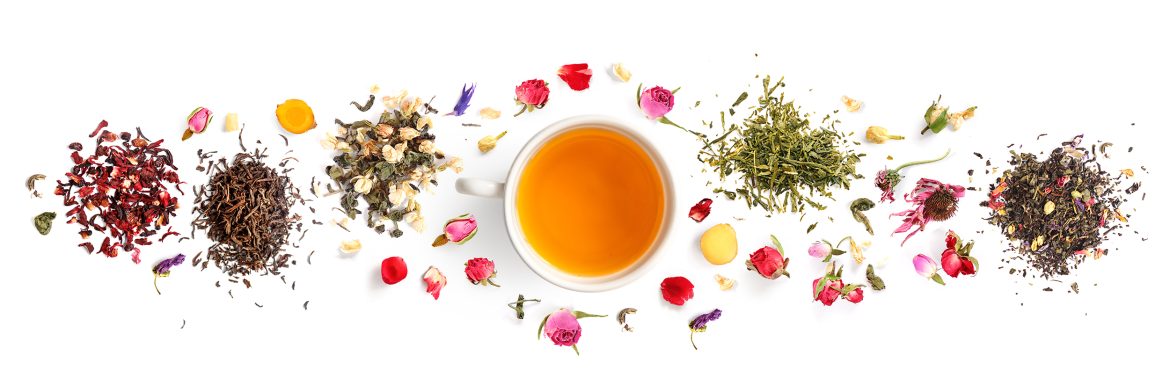Tea is an aromatic beverage commonly prepared by pouring hot or boiling water over cured leaves of the Camellia sinensis, an evergreen shrub native to Asia. After water, it is the most widely consumed drink in the world. There are many different types of tea; some, like Darjeeling and Chinese greens, have a cooling, slightly astringent taste, while others have vastly different profiles including sweet, nutty, floral, or grassy notes.
Tea has a rich history dating back thousands of years. According to legend, the Chinese emperor Shennong discovered tea in 2737 BCE when a leaf from a nearby Camellia sinensis fell into his pot of boiling water. Shennong is also credited with inventing the plow and discovering acupuncture. In another legend, Bodhidharma, the founder of Zen Buddhism, is said to have cut off his eyelids to stay awake during a nine-year meditation. After falling asleep, he is said to have dreamt of a leafy tree, and upon waking, he plucked off some leaves and boiled them, creating the first cup of tea.
While tea consumption originated in China, it has since spread to all corners of the globe. In the West, tea became popularized during the 17th century, when the British began colonizing India. The British East India Company had a monopoly on the tea trade, and tea became an expensive commodity. It wasn’t until 1839 when Britain annexed China and began importing large quantities of tea, that the price of tea dropped and became more accessible to the masses.
Tea is now consumed in many different forms all over the world. In Britain, tea is often drunk with milk and sugar, while in America, it is more common to drink tea unsweetened. In Russia, tea is traditionally drunk with jam or honey, while in Turkey, it is customary to add mint leaves to tea. There are endless possibilities when it comes to flavoring tea, and each country has its own unique way of preparing this beloved beverage.
